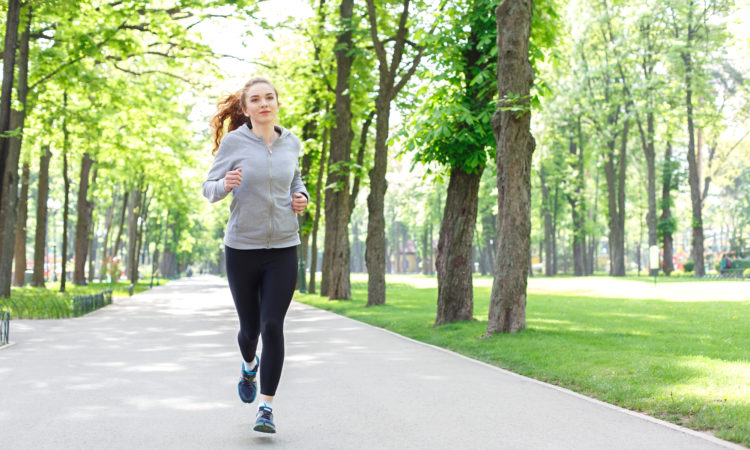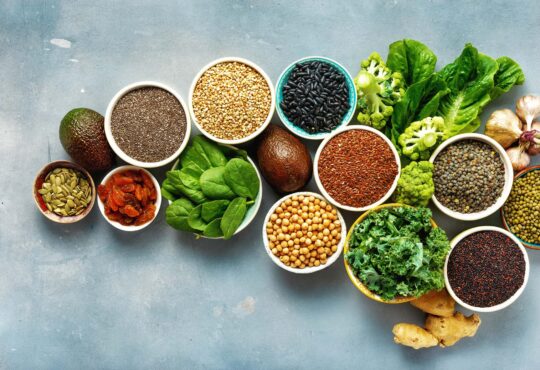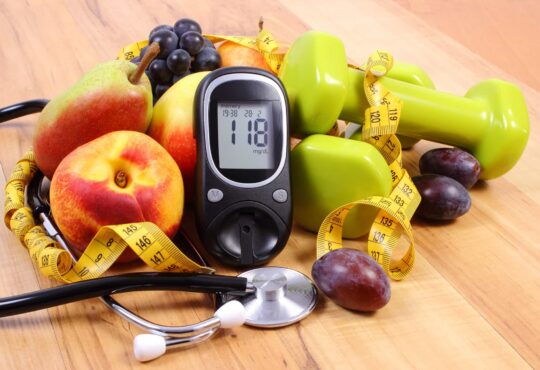What Happens to the Body When Exercising with Covid-19

Remember when every hospital was trying to buy up lots of ventilators to keep Covid-19 patients alive?
Turns out they didn’t work very well. Doctors eventually realized Covid-19 is unlike other respiratory illnesses, where patients do need ventilators to keep their lungs pumping.
And knowing this Covid-19 difference is vital to preventing it from killing or disabling you.
Like patients sick with flu and other severe respiratory ailments, Covid-19 patients suffer from not getting enough oxygen – hypoxemia.
But it’s not caused by lung problems. Their lung muscles still work well.
One doctor in New York City said that, because of this, Covid-19 is more similar to altitude sickness than Acute Respiratory Disorder (ARD).
Your arteries carry blood from your lungs to the rest of your body. When your blood vessels develop clots, that impairs your blood circulation to the rest of your body. As a result, you don’t get enough oxygen to remain healthy.
Although nothing about this virus is 100% proven and set in medical stone yet, part of the danger from Covid-19 is that it causes this oxygen-blocking clotting in blood vessels.
Scientists in Italy discovered Covid-19 patients had many blood clots in their lungs, and this was responsible for the lack of oxygen those patients suffered from.
Scientists in Italy also found the virus damages livers through blood clotting.
In New York City, doctors found patients suffering from strokes at young ages. One victim was only 33.
Strokes are caused by blood clots in the arteries leading to the brain.
In another study conducted using records of Covid-19 patients in New York City, patients as young as 27 suffer from strokes. That leads them to have cognitive problems.
“Leaky” Blood Vessels
This blood-clotting caused by Covid-19 may explain why such pre-existing conditions as high blood pressure, diabetes, and obesity make Covid-19 infections more deadly.
It all starts with the one-cell layer that lines the inside of your blood vessels. It’s called the endothelial lining, or endothelium.
These cells don’t rub against each other, however. They’re connected by junction proteins. These junction proteins sit between your endothelial cells to keep them tight – like cement between pieces of floor tile.
However, they aren’t always 100% impassable. Some people have weaker and more permeable junction proteins than others.
In general, you want these junction proteins as tight and leakproof as possible, to protect the inner layers of your blood vessels from things that could damage them. (One of those is LDL cholesterol particles.)
When you’re healthy, your blood flows freely, coming into contact only with your endothelial cells and the junction proteins.
However, when you have obesity, high blood pressure or diabetes (many people have all three), your endothelium is weaker. It’s leaky, allowing blood to come into contact with the inner parts of your blood vessels.
A kind of cell deep inside your blood vessels are pericytes. They’re important for many reasons, but, in terms of fighting Covid-19, they’re vital because they are anti-clotting.
Normally, your endothelial cells promote clotting. The pericytes balance this tendency by being anti-clotting.
In a healthy person, they are in balance. Your blood flows freely unless you’re injured and need blood clotting to stop a wound from bleeding.
Here is the Apparent Problem
The Covid-19 virus gets into the patient’s blood.
If the person’s endothelial lining is permeable – especially when caused by high blood pressure, obesity or diabetes – the virus is able to go deeper into the cell lining, past the endothelium.
It contacts and invades the pericytes.
The infected pericytes then lose their anti-clotting function.
The patient’s blood begins clotting much more than is healthy, starving the rest of the body of oxygen.
The patient feels out of breath. They are more likely to suffer permanent organ damage or to die.
Therefore, You Must Keep Your Junction Proteins Strong and Healthy
Whether you are still under any kind of lockdown or not, you must exercise.
Don’t just vegetate on the couch in front of your TV.
Stand up. Move. Walk around. Do some burpees and pushups.
If that’s too hard, do some jumping jacks.
When you let your blood slow down by sitting for over 30 minutes, you weaken your endothelial lining.
As long as you stay away from other people, going outside and walking is good in many ways. Walk every day you can.
Eat More Foods Rich in Nitric Oxide
NO is the substance that keeps your artery walls strong and flexible. That by itself lowers your blood pressure.
Those foods include: greens, beets, beet juice, spinach, arugala, fennel seeds and vinegar.
Meals high in salt impair the functioning of your arteries within 30 minutes.
That’s true even if you’re one of those people whose blood pressure does not go up in response to consuming sodium. Your blood pressure may stay low, but the sodium still damages your endothelium.
Salt reduces NO, stiffening and damaging your blood vessels.
Potassium, however, softens your blood vessels. It increases NO, reducing your blood pressure.
All plant foods contain potassium.
Exercise, eating NO-rich foods and reducing sodium consumption while increasing your potassium will all strengthen your endothelial lining and lower your blood pressure.
That will help reduce the severity of your illness if you are infected with Covid-19. Maybe it partially explains why some people apparently get infected and don’t even know it.
And, if you never get Covid-19, the effort is not wasted. Keeping your endothelial lining healthy and lowering your blood pressure both reduce your risk of heart disease and stroke.
https://nutritionfacts.org/video/sodium-and-arterial-function-a-salting-our-endothelium/
https://nutritionfacts.org/video/best-brain-foods-greens-and-beets-put-to-the-test/
https://en.wikipedia.org/wiki/Pericyte
https://chrismasterjohnphd.com/covid-19/small-blood-clots-may-be-at-the-root-of-the-covid-19-hypoxemia
https://www.biorxiv.org/content/10.1101/2020.05.11.088500v1
https://chrismasterjohnphd.com/covid-19/the-liver-is-clotted-but-not-very-inflamed-in-covid-19
https://chrismasterjohnphd.com/covid-19/confirmed-blood-clots-underlie-stroke-in-covid-19
Gilchrist M, Winyard PG, Fulford J, Anning C, Shore AC, Benjamin N. Dietary nitrate supplementation improves reaction time in type 2 diabetes: development and application of a novel nitrate-depleted beetroot juice placebo. Nitric Oxide. 2014;40:67-74.
Thompson C, Wylie LJ, Fulford J, et al. Dietary nitrate improves sprint performance and cognitive function during prolonged intermittent exercise. Eur J Appl Physiol. 2015;115(9):1825-34.
Petrie M, Rejeski WJ, Basu S, et al. Beet Root Juice: An Ergogenic Aid for Exercise and the Aging Brain. J Gerontol A Biol Sci Med Sci. 2017;72(9):1284-1289.
Stephan BCM, Harrison SL, Keage HAD, Babateen A, Robinson L, Siervo M. Cardiovascular Disease, the Nitric Oxide Pathway and Risk of Cognitive Impairment and Dementia. Curr Cardiol Rep. 2017;19(9):87.
Presley TD, Morgan AR, Bechtold E, et al. Acute effect of a high nitrate diet on brain perfusion in older adults. Nitric Oxide. 2011;24(1):34-42.
Stanaway L, Rutherfurd-markwick K, Page R, Ali A. Performance and Health Benefits of Dietary Nitrate Supplementation in Older Adults: A Systematic Review. Nutrients. 2017;9(11)







